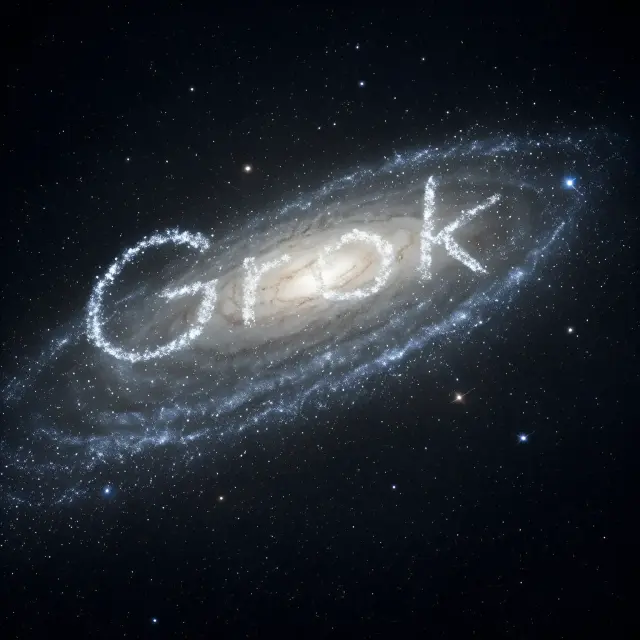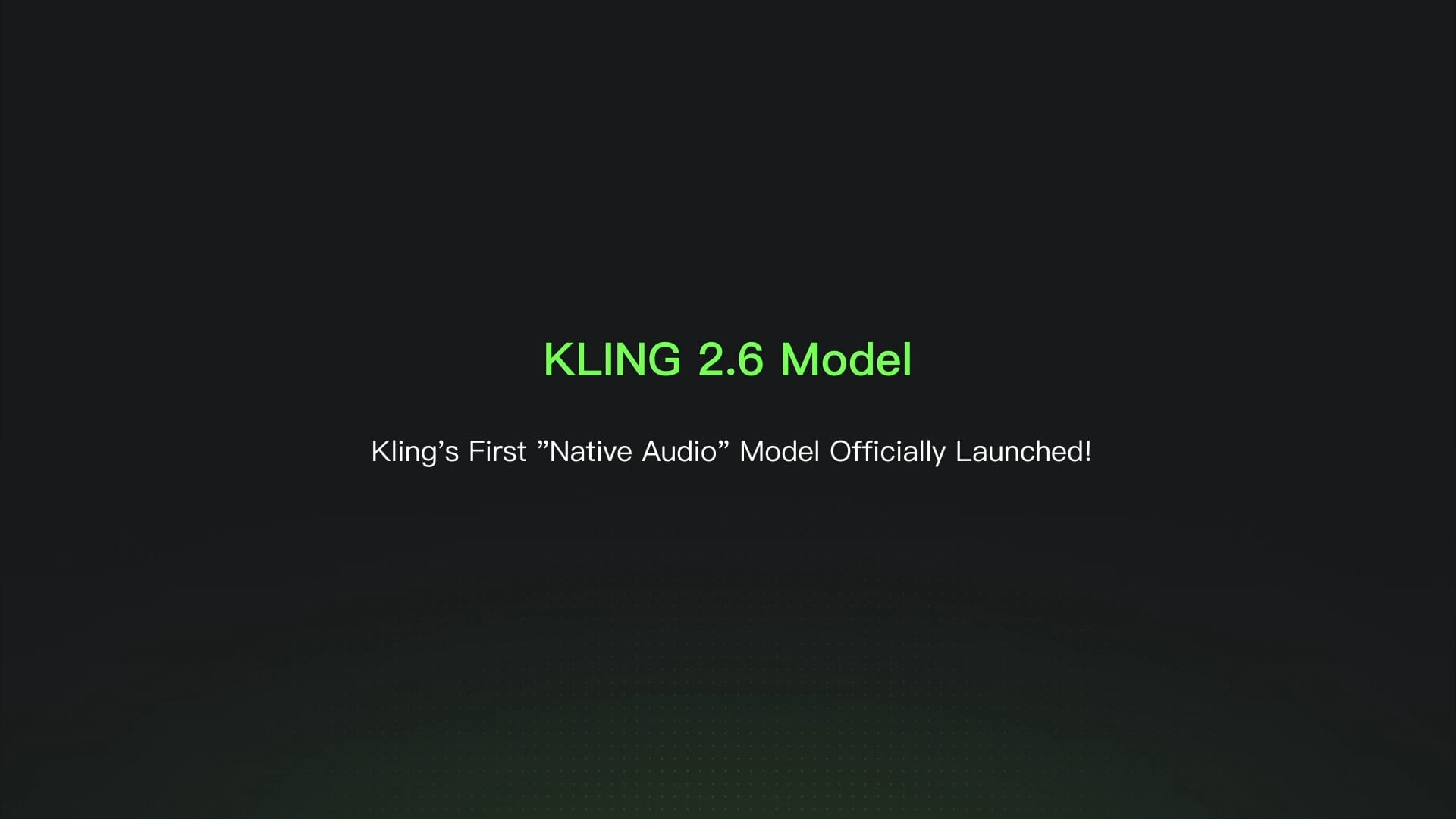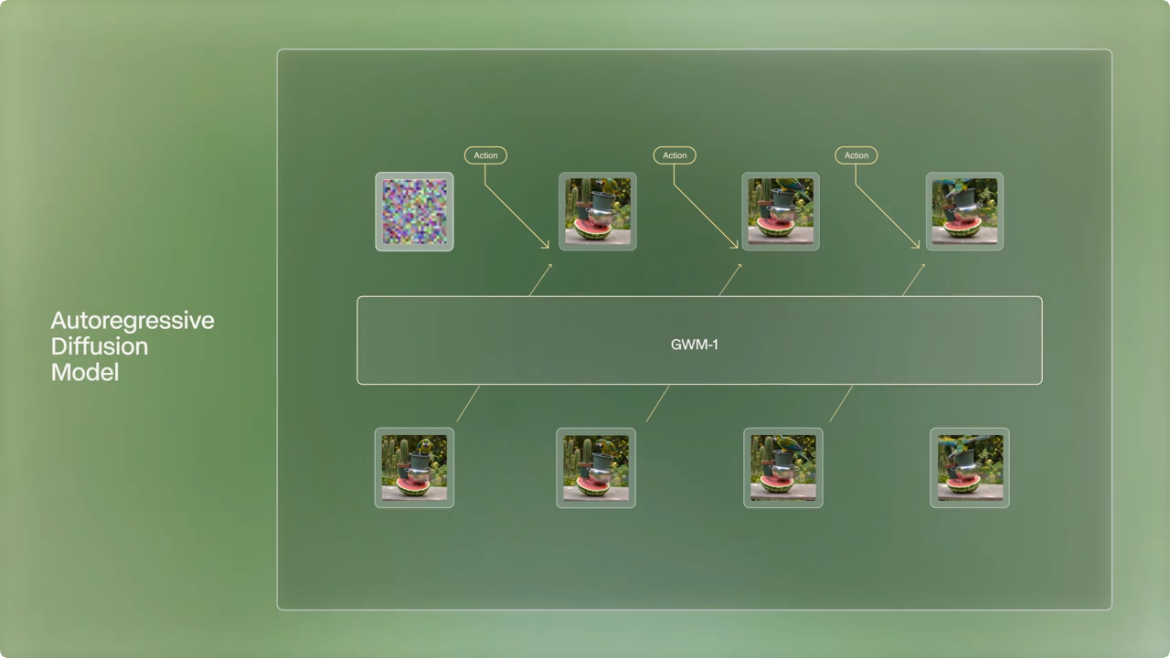On Monday, xAI officially introduced Aurora, its new image-generation model. Aurora is now available on X, as the model powers Grok's image generation capabilities. According to xAI's blog post, Aurora is an autoregressive mixture-of-experts network that can handle and predict the next token from interleaved image and text data. Not keen on sharing the specifics behind Aurora's training, the company merely mentions the model has been trained "on billions of examples from the internet, giving it a deep understanding of the world."
According to xAI, Aurora excels at following text instructions and rendering photorealistic images; the blog post showcases a selection of curated outputs that verify these claims. Aurora can understand images, which allows users to submit images alongside their prompts for inspiration or to edit them directly. A side-by-side comparison between Aurora, Imagen 3, Dall-E 3, Flux.1 Pro, and Ideogram 2.0 reveals the stylistic and instruction-following capabilities of the models; it also demonstrates that like Ideogram 2.0 and Flux.1 Pro, Aurora has very relaxed guidelines concerning photorealistic images of real people, named entities, and potentially, other copyrighted characters. (Unsurprisingly, in addition to generating realistic images of Elon Musk, Aurora can also accurately render the Tesla Cybertruck and Semi.)
Aurora's official release comes after some users reported the new image generator had been added to Grok and then promptly removed, only to be officially announced on Monday. The release also follows the similarly quiet addition of a Grok free trial for non-Premium subscribers that allows sending 10 messages every two hours and three daily image uploads. The image understanding and generation capabilities and the free trial option may be part of a wider effort to draw in more users. A couple of weeks ago, reports pointed out that xAI could be preparing to release a consumer app, which would likely arrive once the company closed on its $6B funding round, announced last week.





Comments